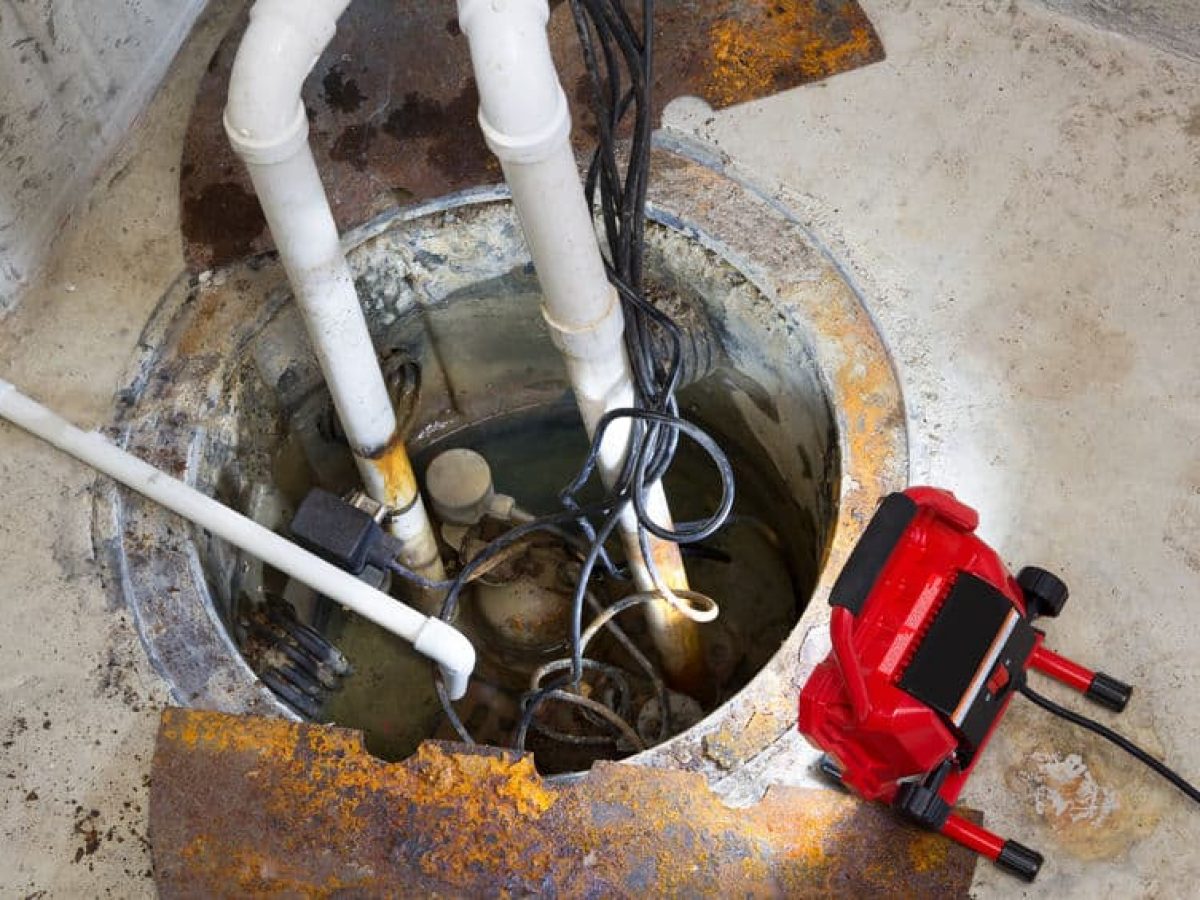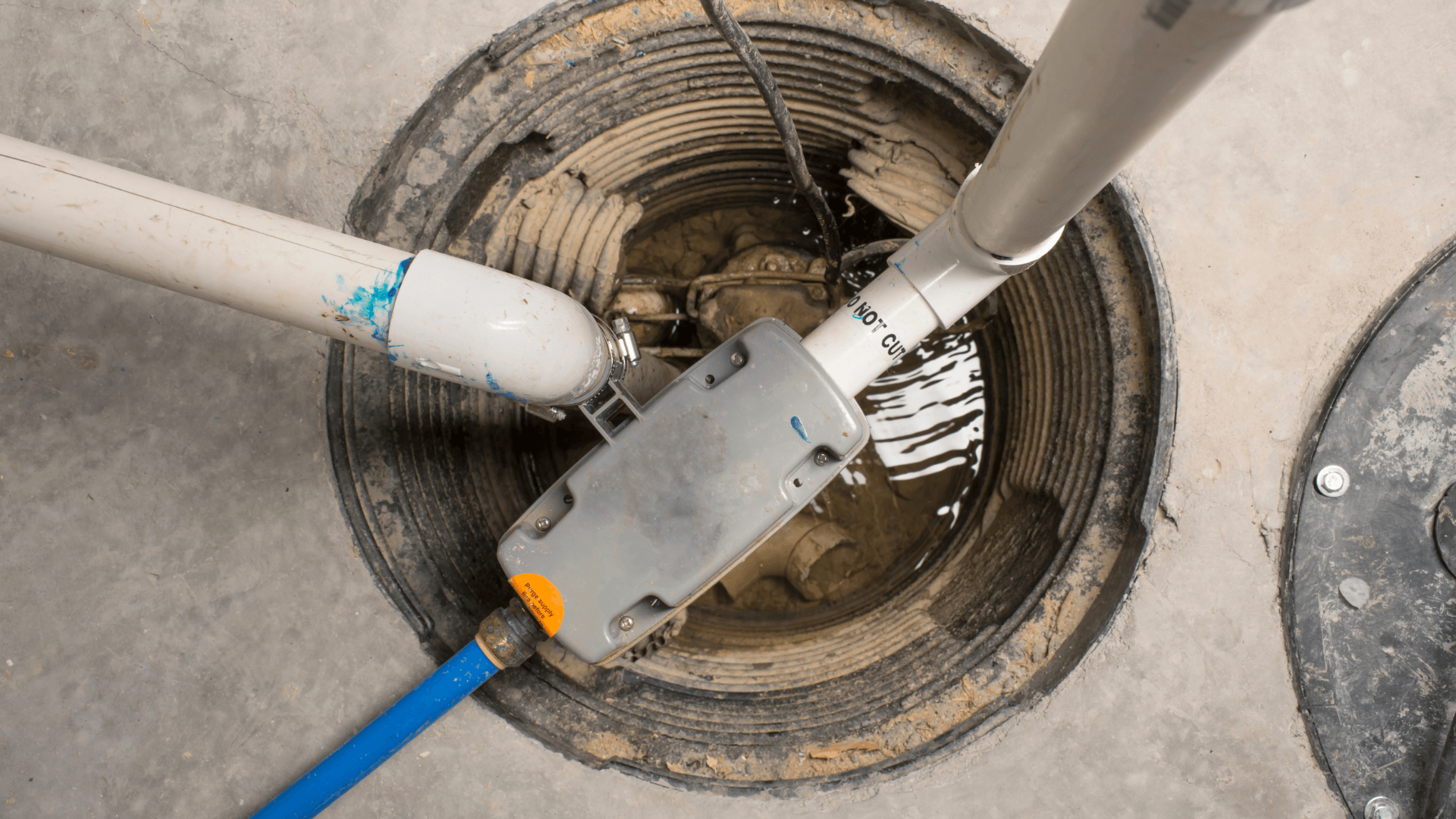Useful Tips for Caring for a Sump Pump
Useful Tips for Caring for a Sump Pump
Blog Article
The article down the page about Keep Your Sump Pump Clean, It'll Keep You Dry is rather compelling. You should read it.

Sump pumps are essential elements in lots of homes, specifically in areas prone to flooding or extreme moisture. They assist prevent water damages by efficiently eliminating excess water from cellars or crawl spaces. Nevertheless, like any other device, sump pumps require routine upkeep to ensure they work efficiently when needed one of the most. Cleansing your sump pump is an important part of its maintenance, and recognizing how to do it correctly can conserve you from pricey repairs and potential calamities.
Introduction
Keeping a clean sump pump is vital for its correct performance and longevity. Overlooking this crucial job can lead to clogs, breakdowns, and ultimately, water damage to your building. Therefore, learning how to cleanse a sump pump is vital for house owners who rely upon these tools to keep their basements completely dry and secured.
Signs of a Dirty Sump Pump
Recognizing when your sump pump needs cleaning is important for avoiding possible malfunctions. Some typical signs that show a filthy sump pump include weird noises throughout operation, minimized water circulation, and visible particles in the pit. If you observe any one of these symptoms, it's important to cleanse your sump pump promptly to avoid any type of additional problems.
Preparing for Cleansing
Prior to you start cleansing your sump pump, it's essential to take some safety precautions. Start by shutting off the power to the pump to avoid any kind of electric crashes. Furthermore, use suitable protective equipment, such as handwear covers and goggles, to safeguard yourself from dust, debris, and potential microorganisms.
Understanding the Sump Pump
Prior to diving right into the cleaning procedure, it's necessary to have a basic understanding of just how a sump pump works. Typically mounted in a pit or basin below the cellar floor, a sump pump consists of numerous essential elements, consisting of a pump, a float switch, and a discharge pipe. When water collects in the pit, the float switch triggers the pump, which after that pumps the water out via the discharge pipeline, away from the structure's foundation.
Step-by-step Guide to Cleaning Up a Sump Pump
Shutting down the Power
Begin by separating the power supply to the sump pump to stop any kind of accidents while cleaning.
Checking for Appropriate Functioning
Before reinstalling the pump, perform a quick examination to make certain that the float button triggers the pump properly. Pour some water right into the sump pit and observe the pump's operation. If everything is functioning correctly, you can rebuild the pump and reconnect the power supply.
Getting Rid Of Debris and Dirt
Make use of a container or a scoop to get rid of any kind of visible particles, dust, or debris from the sump pit. Dispose of the particles effectively to avoid it from clogging the pump or the discharge pipeline.
Cleaning the Pump and Float Switch Over
As soon as the pit is clear of debris, meticulously eliminate the pump from the pit. Evaluate the pump and the float switch for any type of indicators of damage or wear. Use a soft brush or fabric to clean up the surfaces and remove any type of built up grime.
Flushing the System
After cleaning the pump and float button, purge the sump pit with tidy water to eliminate any kind of remaining dirt or debris. This will certainly aid guarantee that the pump operates efficiently and successfully.
Upkeep Tips to Keep Your Sump Pump Clean
In addition to periodic cleaning, there are numerous upkeep suggestions you can follow to keep your sump pump in optimum problem:
Verdict
Cleansing your sump pump is a vital element of its upkeep and guarantees that it runs successfully when you require it the most. By following the steps laid out in this guide and integrating regular maintenance right into your routine, you can extend the life expectancy of your sump pump and protect your home from water damage.
6 STEPS ON HOW TO CLEAN A SUMP PUMP PROPERLY
UNDERSTANDING SUMP PUMPS
Your sump pump plays a crucial role in protecting your home by managing and removing excess water. It primarily functions as a “shield”, guarding your basement against the damaging effects of water accumulation. The pump is housed in a sump pit in the lowest part of your basement, and its job is to pump out any water that collects there.
During heavy rainfalls or when snow melts rapidly, water can infiltrate your basement, posing potential risks like flooding, structural damage, and harmful mold growth. Here, the sump pump springs into action, pumping out the intruding water and directing it away from your home.
SAFETY FIRST
Before cleaning, remember to prioritize safety. Disconnect the sump pump from the power source to prevent any accidental electric shocks. Also, wear sturdy gloves to protect your hands from any sharp or dirty components within the pump.
REMOVE THE SUMP PUMP
After ensuring your safety, the next step is to remove the sump pump from its pit. Doing this might require careful maneuvering as you don’t want to damage any pump components. Once removed, clean the sump pit to remove any accumulated debris or sludge.
INSPECT THE PUMP
Inspect the pump for any visible signs of wear or damage. Check the power cord, float switch, and impeller housing. If any components look worn out or damaged, consider replacing them to ensure optimal performance.
CLEAN THE PUMP
Thoroughly clean the pump with warm, soapy water. Make sure to rid it of any dirt, gravel, or other debris that might impede its performance. You can use a toothbrush to clean the small, hard-to-reach parts of the pump.
REINSTALL THE SUMP PUMP
Reinstall the pump into the sump pit Make sure it’s positioned correctly to remove the water effectively Once it’s back in place, reconnect it to the power source TEST THE PUMP
Finally, pour some water into the pit to ensure the pump works correctly. It should start automatically and begin pumping out the water; if it doesn’t, check the power source and the positioning of the pump.
Remember, while cleaning your sump pump is an essential part of home maintenance, hiring a professional plumber for a thorough inspection and cleaning at least once a year is also important. This will ensure that your pump is in optimal condition, ready to protect your home from potential water damage.
BEST PRACTICES FOR CLEANING SUMP PUMP DISCHARGE PIPES
Regular Inspection: Regularly inspect your discharge pipes, especially during heavy rainfall or snowmelt periods. Look for any signs of blockage or damage. Early detection of problems can prevent serious issues down the line. Periodic Cleaning: Over time, sediment and debris can accumulate in the discharge pipes, impeding the flow of water. Regular cleaning helps keep the pipes clear and functioning efficiently. You can use a high-pressure water jet to effectively clean the pipes. Insulation During Winter: In colder climates, discharge pipes can freeze, blocking the outflow of water. Protect your discharge pipes from freezing temperatures by insulating them with foam pipe insulation. This will ensure the sump pump can continue to discharge water even in freezing conditions. Proper Positioning: The discharge pipe should be positioned to direct water away from your home’s foundation. Improper positioning can lead to water seeping back into the basement. Ensure the pipe is long enough and angled correctly. Installation of a Check Valve: A check valve prevents water from flowing back into your sump pit after the pump has pushed it out. Installing a check valve helps maintain the efficiency of your sump pump and reduces the risk of flooding. Minimize Pipe Turns: Every curve or turn in the discharge pipe can decrease the efficiency of water flow. By minimizing turns and bends in your discharge pipe, you can increase the efficiency of your sump pump. https://www.fullspeedplumbing.com/how-to-clean-a-sump-pump-properly9999/

We are very intrigued by How To Effectively Clean A Sump Pump and I am hoping you enjoyed reading my piece. Are you aware of another individual who is in to the topic? Why not share it. Bless you for your time. Come back soon.
Schedule Appointment Now Report this page